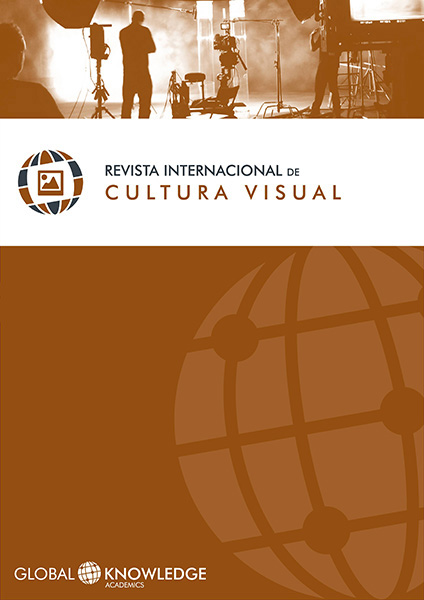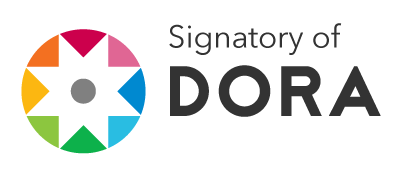Painting and Irony
DOI:
https://doi.org/10.37467/gka-revvisual.v5.1713Keywords:
Irony, Painting, Interpretation, Polysemy, Subjectivity, Contextualization, AxiologyAbstract
Painting and irony, both move in an open and oscillating significance plane, both invite us to reconsider what surrounds us, to reread through an introspective reflection. Painting offers a set of realities where irony moves with total naturalness, whereas knowing the characteristics of irony allows approaching the interpretation of the pictorial works from a more critical and reflexive perspective. This way, the painting turns out to be an ideal form for the irony to take place, and the irony is a specially interesting discursive strategy for the interpretation of the pictorial works.
Downloads
Global Statistics ℹ️
|
712
Views
|
302
Downloads
|
|
1014
Total
|
|
References
Ballart, P. (1994). Eironeia. La figuración irónica en el discurso literario moderno. Barcelona: Quaderns Crema.
Bergson, H. L. (1899). Le rire. Essai sur la signification du comique. Paris: PUF, 1958123.
Carrere, A. and Saborit, J. (2000). Retórica de la pintura. Madrid: Cátedra.
Gris, Juan (1924), “De las posibilidades de la pintura”, en González García, A., Calvo Serraller, F. y Marchán Fiz, S. (1979).
Escritos de arte de vanguardia 1900/1945. Madrid: Istmo, p. 86.
Grupo μ (1992). Tratado del signo visual. Para una retórica de la imagen. Madrid: Cátedra, 1993.
Hartmann, E. von (1890). Filosofía de lo bello. Una reflexión sobre lo Inconsciente en el arte. Valencia: Universidad de València, 2001.
Herrera Ruiz de Eguino, N. (2014). Pintura e ironía. La interrogación irónica en la expresión pictórica [Tesis doctoral]. Universidad del País Vasco-Euskal Herriko Unibertsitatea.
Hutcheon, L. (1994). Irony’s Edge. Theory and Politics of Irony. London: Routledge.
James, W. (1911). Some Problems of Philosophy. Toronto: Longmans, Green and Co.
Joly, M. (2002). La interpretación de la imagen: entre memoria, estereotipo y seducción. Barcelona: Paidós, 2003.
Orive Somavilla, C. (2012). Los fundamentos de mi pintura. URL: carlosorive.com/castellano/inicio.html
Raga Rosaleny, V. (2008). La ironía se dice de muchas maneras. Δ!ίμων. Daimon, Suplemento 2, 113-120. URL: http://revistas.um.es/daimon/article/view/120411/113151
Schoentjes, P. (2001). Poétique de l'ironie. Paris: Seuil.
Downloads
Published
How to Cite
Issue
Section
License
Those authors who publish in this journal accept the following terms:
-
Authors retain copyright.
-
Authors transfer to the journal the right of first publication. The journal also owns the publishing rights.
-
All published contents are governed by an Attribution-NoDerivatives 4.0 International License.
Access the informative version and legal text of the license. By virtue of this, third parties are allowed to use what is published as long as they mention the authorship of the work and the first publication in this journal. If you transform the material, you may not distribute the modified work. -
Authors may make other independent and additional contractual arrangements for non-exclusive distribution of the version of the article published in this journal (e.g., inclusion in an institutional repository or publication in a book) as long as they clearly indicate that the work was first published in this journal.
- Authors are allowed and recommended to publish their work on the Internet (for example on institutional and personal websites), following the publication of, and referencing the journal, as this could lead to constructive exchanges and a more extensive and quick circulation of published works (see The Effect of Open Access).













